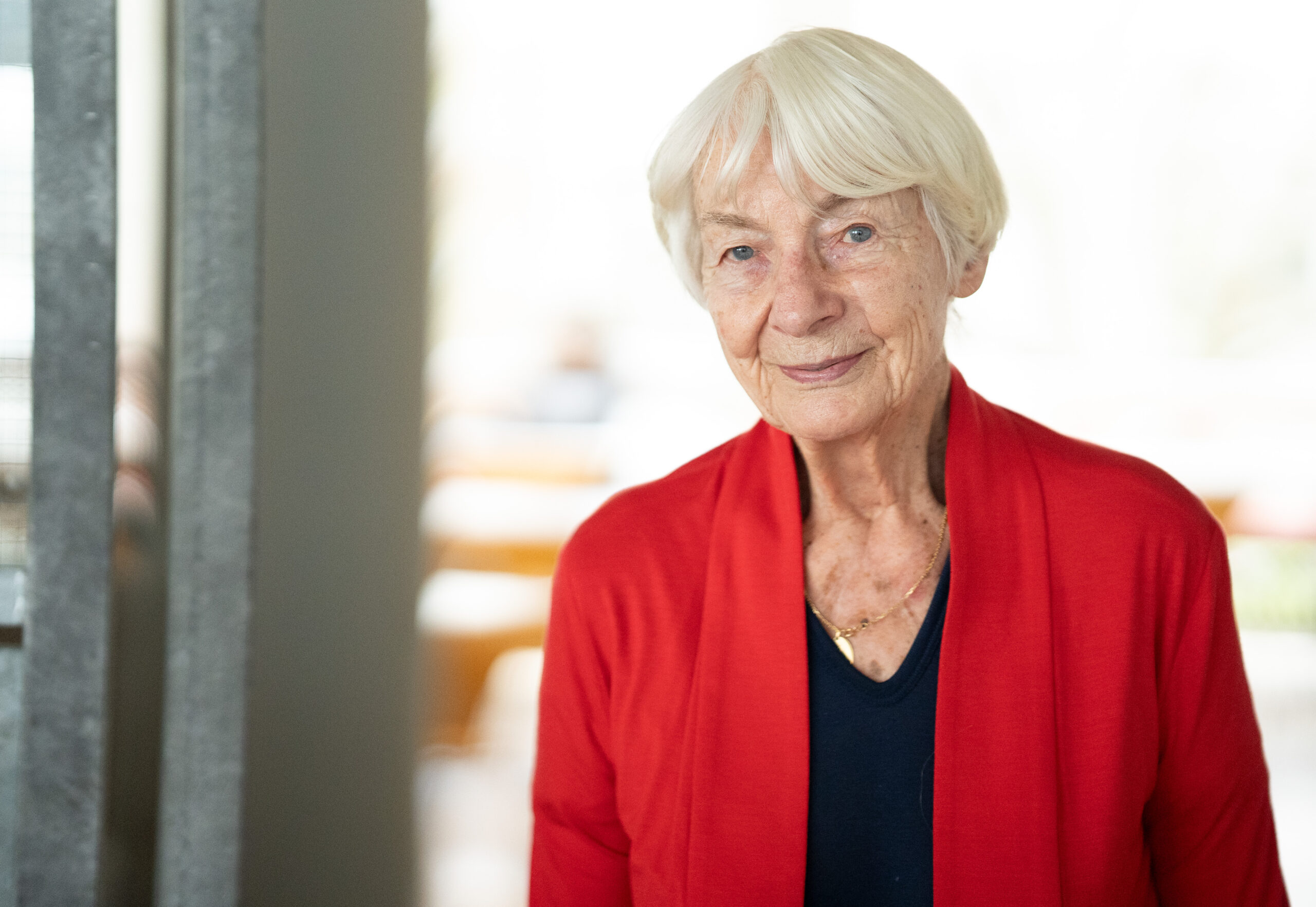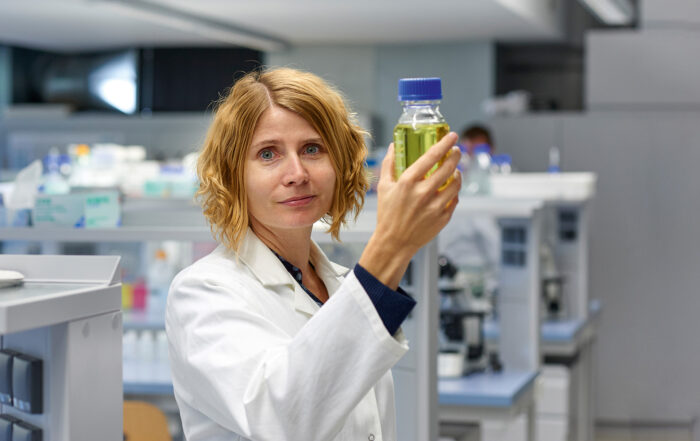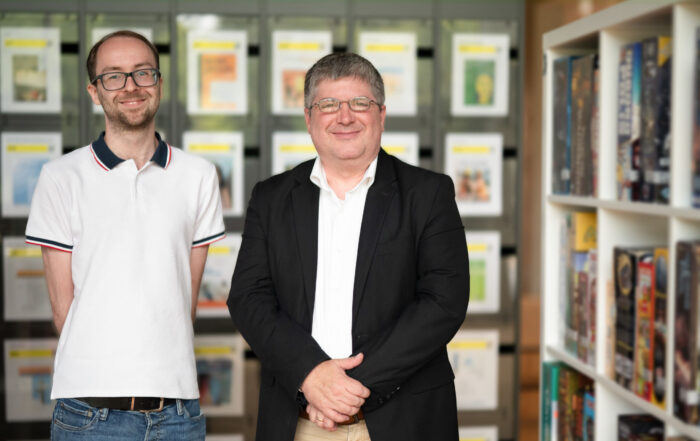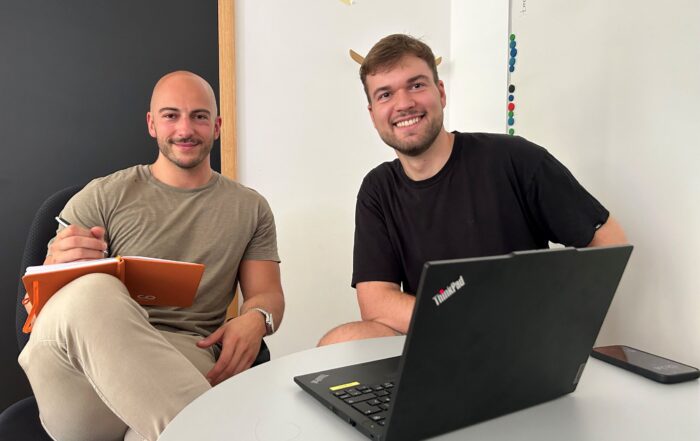9. April '24
The exhibition “Da49, Da512 – Trains to Death” about the deportations of Jewish Coburg residents had not yet been set up when Ilse Gössl visited Coburg University of Applied Sciences.
“It’s a terrible topic, you need a bit of peace and quiet. I wanted to come early, when there weren’t so many people around.”
On the first day, however, they didn’t set up until the afternoon.
As she had already made her way from Cortendorf and asked Friedrich Streib at the campus, the 89-year-old agreed to explain why the topic is so important to her.
Ilse Gössl experienced the Nazi dictatorship in Coburg as a child.
The 89-year-old has very clear, alert blue eyes that gaze into the distance as she remembers the 1930s and 40s.
“As a child, I didn’t notice that much. Until what happened to my father.”
Ilse Gössl tucks herself in and heads towards the cafeteria at a surprisingly brisk pace.
“I was born and grew up in Coburg.”
She talks about the beautiful apartment in the Hirsch Villa.
“It used to be a Jewish school with a boarding school and a huge garden. My parents were friends with the Jew Hirsch, who ran the school. Thank God the Hirschs fled in time.”
Ilse Gössl’s family rented the apartment in the Hirsch villa from the city.
Systematic murder
After the first series of deportations took place in Franconia in the fall of 1941, including the “Frankentransport” to Riga-Jungfernhof, the remaining Jews were deported to concentration and extermination camps in eastern Central Europe in 1942/43.
Most of them were murdered there.
The exhibition at Coburg University of Applied Sciences focuses on the fates of eleven Jewish Coburg residents.
“Very bad!”
Ilse Gössl says that there wasn’t much talk about the Jews back then.
She had a wonderful childhood.
“My father was a teacher at the Ernestinum, a nature lover and a very correct person.”
He steadfastly refused to join the NSDAP.
“Then they took him to prison. They said that if he didn’t join, he would be shot.”
That was shortly before the Americans arrived.
Her father was quickly released.
Ilse Gössl was ten years old at the end of the war.
“I was glad when it was all over.”
Why history must not be forgotten
Almost 80 years have passed since the end of the Nazi dictatorship and the Second World War.
“I’m shocked that the right-wingers are gaining so many votes today,” says Ilse Gössl.
She talks about political developments and the time she has left to live.
“I won’t live to see it all. But I have three wonderful great-grandchildren. They are five, three and a half and one and a half years old and I’m afraid that they will experience bad things.”
The current political situation worries her.
“I hope it doesn’t develop in the same direction as it did back then.”
This is another reason why it is important to look at history.
The exhibition is a contribution to this.
The official opening with supporting program will take place on Wednesday, April 10, at 5 pm in the Säulenhalle.
The exhibition runs until Friday, April 19 (freely accessible during Coburg University’s opening hours: Mon – Fri: 6.30 am to 6 pm, Sat 7 am to 1 pm, Sun closed).
Gaby Schuller and Dr. Hubertus Habel from the “Living Culture of Remembrance Coburg” working group have created the exhibition in cooperation with expert colleagues from Lichtenfels and Kulmbach.
The exhibition is part of a course at Coburg University of Applied Sciences on the history of the Holocaust and the long tradition of Jewish life in Germany.






